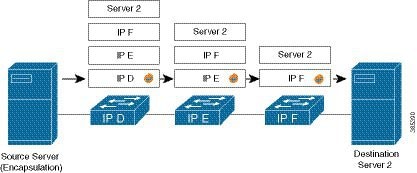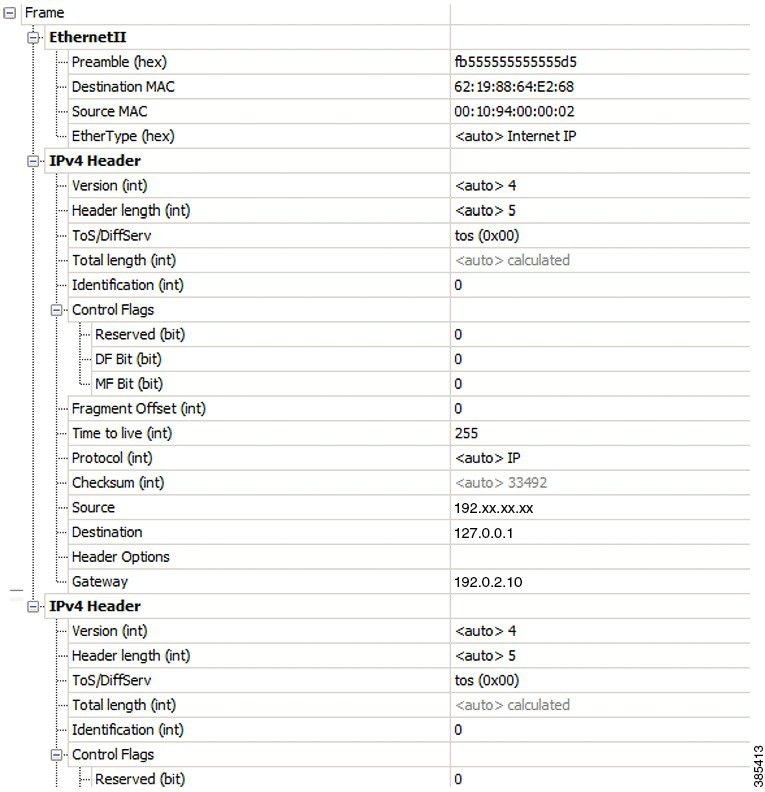Restrictions for IP-in-IP tunnel configuration
-
The feature does not support decapsulation tunnels on subinterfaces.
-
Only the default Virtual Routing and Forwarding (VRF) instance is supported.
-
IPv6 link local addresses are not supported.
-
Regular tunnels cannot use a configured IP address as the tunnel source; only a non-existent IP address can be used.
-
Configuring multiple interfaces with the same IP address is not supported.
-
Each line card can have different number of Network Processor (NP) slices.
-
The maximum IPv4 and IPv6 IP-in-IP decapsulation tunnels supported is 64 per slice.
-
From Release 25.3.1 onwards, the maximum IPv4 and IPv6 IP-in-IP decapsulation tunnels supported is 200 per slice.






 Feedback
Feedback